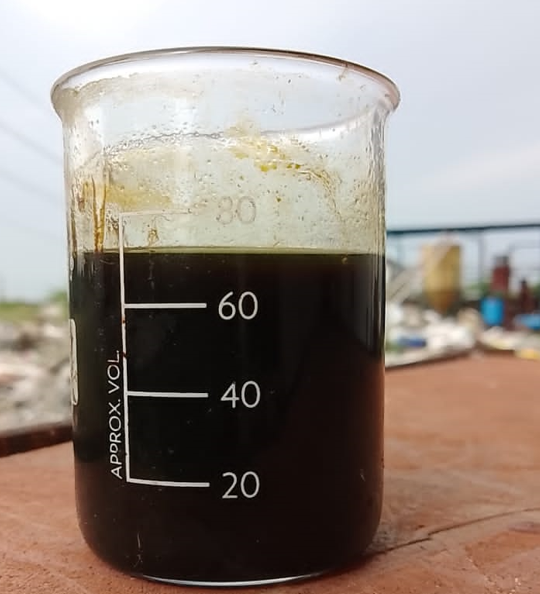In the labyrinth of environmental stewardship, the recycling odyssey of one ton of plastic demands a meticulous dance of considerations. As we embark on this journey, let’s navigate the uncharted waters and delve into the factors that cast a profound impact on the sustainable reincarnation of plastic.
The Plastic Quandary
Before delving into the considerations, let’s acknowledge the sheer complexity of the plastic landscape. Plastic, a ubiquitous material in our modern world, presents both a marvel and a menace. Its durability, a boon in product longevity, becomes a bane when it transforms into waste, lingering in our ecosystems for centuries. The plastic pyrolysis plant is a green pyrolysis solution.
The Plastic Code
Every plastic item carries a secret code, a numeric insignia on its surface known as the Resin Identification Code (RIC). These codes, ranging from #1 to #7, signify the type of plastic and play a pivotal role in the recycling journey. Each code demands a unique approach, and understanding this plastic lexicon becomes the first step in the recycling ballet.

Weighing the Factors
1. Type of Plastic
Not all plastics are created equal. The Resin Identification Code unveils the identity of the plastic, ranging from the commonly recycled PET (#1) to the intricate blends denoted by #7. Each type requires a tailored recycling process, and discerning the plastic’s pedigree lays the foundation for effective recycling.
2. Contamination Levels
The purity of the plastic stream is paramount. Contaminants, be it food residue or non-plastic materials, can sabotage the recycling process. The meticulous sorting of plastic waste at its source and the removal of impurities become critical steps in ensuring a clean and efficient recycling stream. See the plastic to oil machine here.
3. Size and Form
The dimensions of plastic items wield influence. While smaller items can navigate recycling machinery with ease, larger or irregularly shaped pieces might pose challenges. The size and form of the plastic items dictate the efficiency of the shredding and processing stages, emphasizing the need for uniformity.
4. Market Demand
Recycling, at its core, is a symbiotic relationship between environmental responsibility and market dynamics. The demand for recycled plastic fluctuates, and understanding the market forces becomes integral. Factors such as the availability of buyers for specific types of recycled plastic shape the feasibility of recycling endeavors.
5. Energy Footprint
The environmental gains of recycling can be offset by the energy consumed in the process. Evaluating the energy footprint of recycling methods ensures that the overall impact aligns with sustainable practices. Innovations, including emerging technologies like plastic pyrolysis, contribute to minimizing the energy intensity of the recycling journey.
The Rise of Plastic Pyrolysis
Amidst the traditional recycling methods, a revolutionary contender emerges – plastic pyrolysis. This avant-garde technique involves the thermal decomposition of plastic in the absence of oxygen, birthing a spectrum of valuable products. Check the plastic to fuel machine here.
The Pyrolytic Alchemy
Plastic pyrolysis, a form of environmental alchemy, transforms plastic into valuable outputs such as liquid fuel, gas, and char. This process not only circumvents the challenges posed by complex plastic compositions but also opens avenues for resource recovery. It stands as a testament to the evolving landscape of plastic recycling methodologies.
The Technological Horizon
As we tread the technological horizon, the integration of plastic pyrolysis into the recycling narrative introduces a paradigm shift. Its ability to handle diverse plastic types, including those deemed unrecyclable through traditional methods, positions it as a beacon of hope in the quest for comprehensive plastic recycling.
Embracing the Future
In the symphony of plastic recycling considerations, each factor plays a unique note, harmonizing to create a sustainable melody. The journey of recycling one ton of plastic evolves into a dynamic narrative, where technological advancements like plastic pyrolysis weave a tapestry of innovation.
In conclusion, the recycling odyssey of one ton of plastic is a multifaceted endeavor, demanding a nuanced understanding of plastic’s intricacies. From the Resin Identification Code to the transformative potential of plastic pyrolysis, each facet contributes to the environmental symphony. As we embrace the future, the dance of considerations ensures that plastic, once a predicament, transforms into a resource through the alchemy of responsible recycling. Visit the Beston Group here.